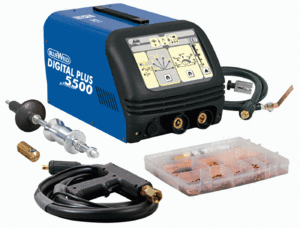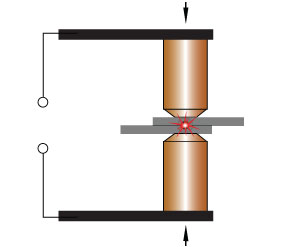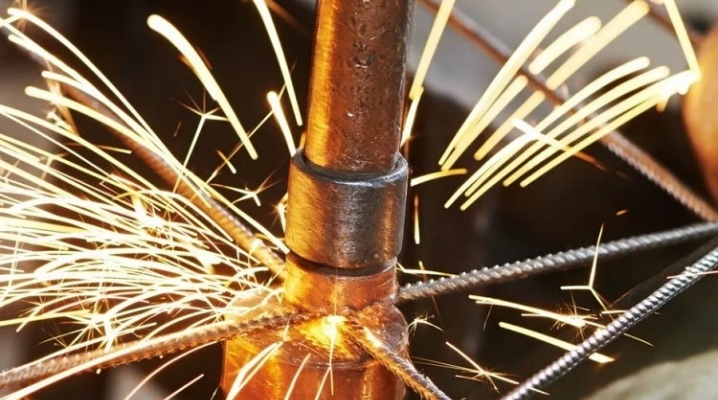Electric resistance welding - process characteristics
One of the most  a valued method of welding metals is electric resistance welding. They can be used for almost all types of metals and also their alloys. It is also widely used in the automotive and aviation industries, railways and even in electronics. What is electric resistance welding, what are its phases and types, as well as advantages and disadvantages?
a valued method of welding metals is electric resistance welding. They can be used for almost all types of metals and also their alloys. It is also widely used in the automotive and aviation industries, railways and even in electronics. What is electric resistance welding, what are its phases and types, as well as advantages and disadvantages?
Generally about welding technology
Welding is one of the bonding processes that result in only permanent connections. Thermal energy heats up the contact zone of the surfaces of the elements being pressed. During welding, the contact surfaces of the materials become plasticized. Welding is applicable to metals, their alloys and most types of plastics. Welding methods differ in the source of thermal energy, the way it is delivered to the joint, and the solution for applying a pressure force. When classifying welding methods, the importance of the sequence in which the heating up and the pressure is exerted is also mentioned.
Electric resistance welding
 This type of welding involves applying a pressure force to the materials in the form of special electrodes. The elements to be bonded will thus become components of the electrical circuit. As a result of switching on the power source, the circuit is started. In the zones of greatest resistance, thermal energy is generated, initiating heating. After the power is disconnected, the material elements cool down and solidify. This is of particular importance for the weld itself, because the materials recrystallize at this point. The quality of the joint depends on the intensity of the current, the appropriate welding time and the pressure force.
This type of welding involves applying a pressure force to the materials in the form of special electrodes. The elements to be bonded will thus become components of the electrical circuit. As a result of switching on the power source, the circuit is started. In the zones of greatest resistance, thermal energy is generated, initiating heating. After the power is disconnected, the material elements cool down and solidify. This is of particular importance for the weld itself, because the materials recrystallize at this point. The quality of the joint depends on the intensity of the current, the appropriate welding time and the pressure force.
Phases in electric resistance welding
In the process of electric resistance welding, we distinguish 3 phases:
- Phase I - involves applying pressure electrodes to the materials and turning on the power source; as a result of the electrical resistance created on the contact surfaces, thermal energy is emitted; heated surfaces turn into a plastic state,
- Phase II - here, due to high temperature, the plasticization zone expands; materials are deformed,
- Phase III - after disconnecting the power source, the recrystallization process takes place.
Types of electric resistance welding
4 types of electric resistance welding can be distinguished:
- butt, after pressing the elements together, the power source is connected to the contact zone,
- point, due to the flow of current in a small spatial range, inseparable connections of materials are locally formed,
- linear, with the use of disk electrodes; a characteristic feature of this process are linear and strong welds, the process engages intermittent current, but the pressure remains unchanged,
- hump, here a deliberately formed hump, is the place on which the weld is formed; The connection of materials can take place at many points (as many as the electrodes will cover).
Advantages and disadvantages of resistance electric welding of metals against the background of welding
This type of welding has many advantages. For example, compared to welding (also the popular technology of joining metals), the following advantages of the electric resistance welding process can be mentioned:
- low value of expended heat,
- elimination of the influence of the atmosphere on the weld,
- lower variation in the structure of the base material of the joint than in the case of the weld,
- the rarity of situations where materials overheat,
- hot contact allows joining elements that are difficult to weld,
- lower labor consumption of the process; it is mainly based on specialized equipment.
On the other hand, the comparison of electric resistance welding and welding shows that the disadvantages of the former are, among others:
- the cost of a dedicated device, i.e. a suitable welding machine,
- the need for high-power equipment (this means that the device uses a large amount of electricity).


































